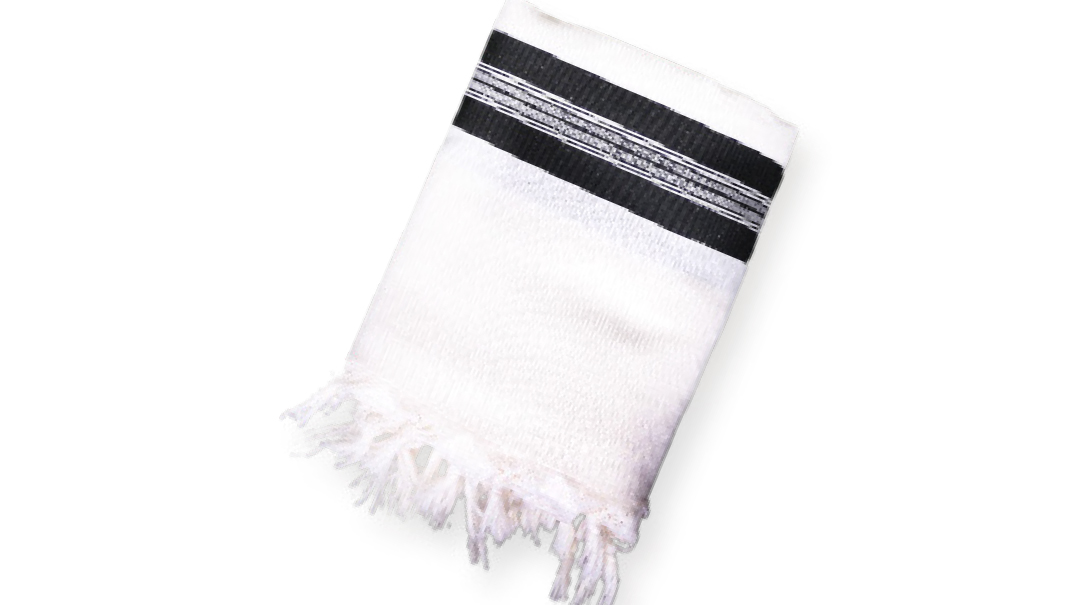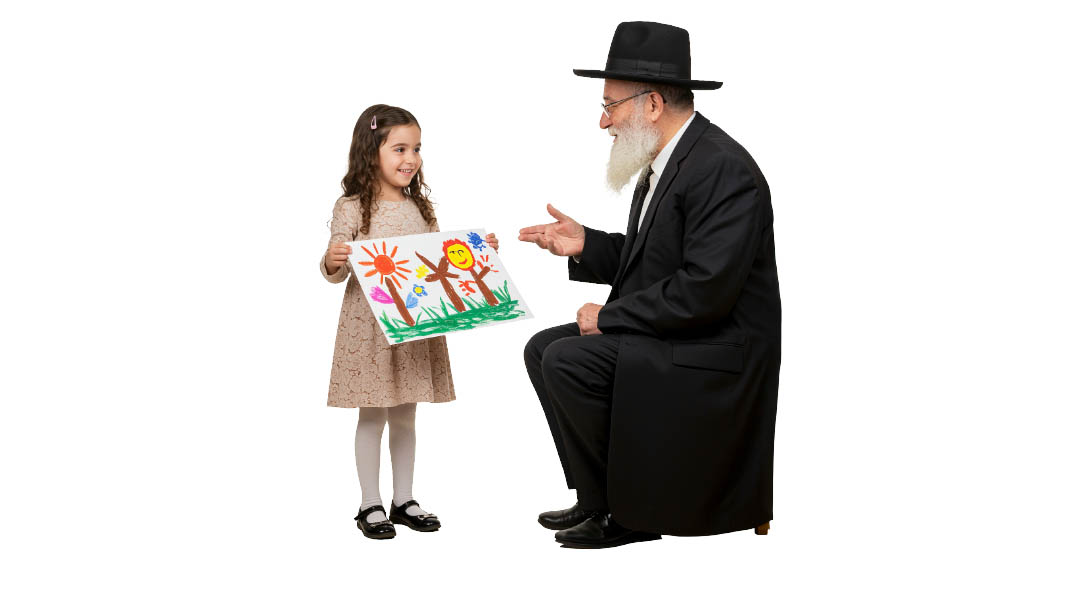Marks on Her Skin

She obviously had a story, and I was curious

D uring the height of Covid, my son and I spent an hour and a half outside a local health clinic, waiting our turn on the sidewalk. He needed to get tested to go back to yeshivah after break, and only two families were allowed in the clinic at a time. When it was finally our turn, the other pair allowed in with us was also a frum mother and her son, a three-year-old boy.
The woman held her son’s hand and followed him around the large waiting room as he jumped off the yellow-and-blue seat cushions onto the floor. On one jump, I noticed her outstretched arm. A collection of purple, red, and yellow flowers covered her fair skin. There was a smaller design wrapped around her other wrist.
I wondered why this lady, with a skirt to the floor and a snood on her head, had tattoos. She obviously had a story, and I was curious.
Minutes later, she sat at a safe distance, and we made small talk about Covid. Her son’s school had shut down various grades, and it was challenging for her and her husband, who both worked full-time. She was here to get tested for Covid since her parents planned to come for dinner the following night, but she’d woken that morning with a fever.
After a few more minutes of schmoozing, she was ushered into the doctor’s office with her son. She took his hand as he skipped through the waiting room. We wished each other well, and they were gone.
Oops! We could not locate your form.







